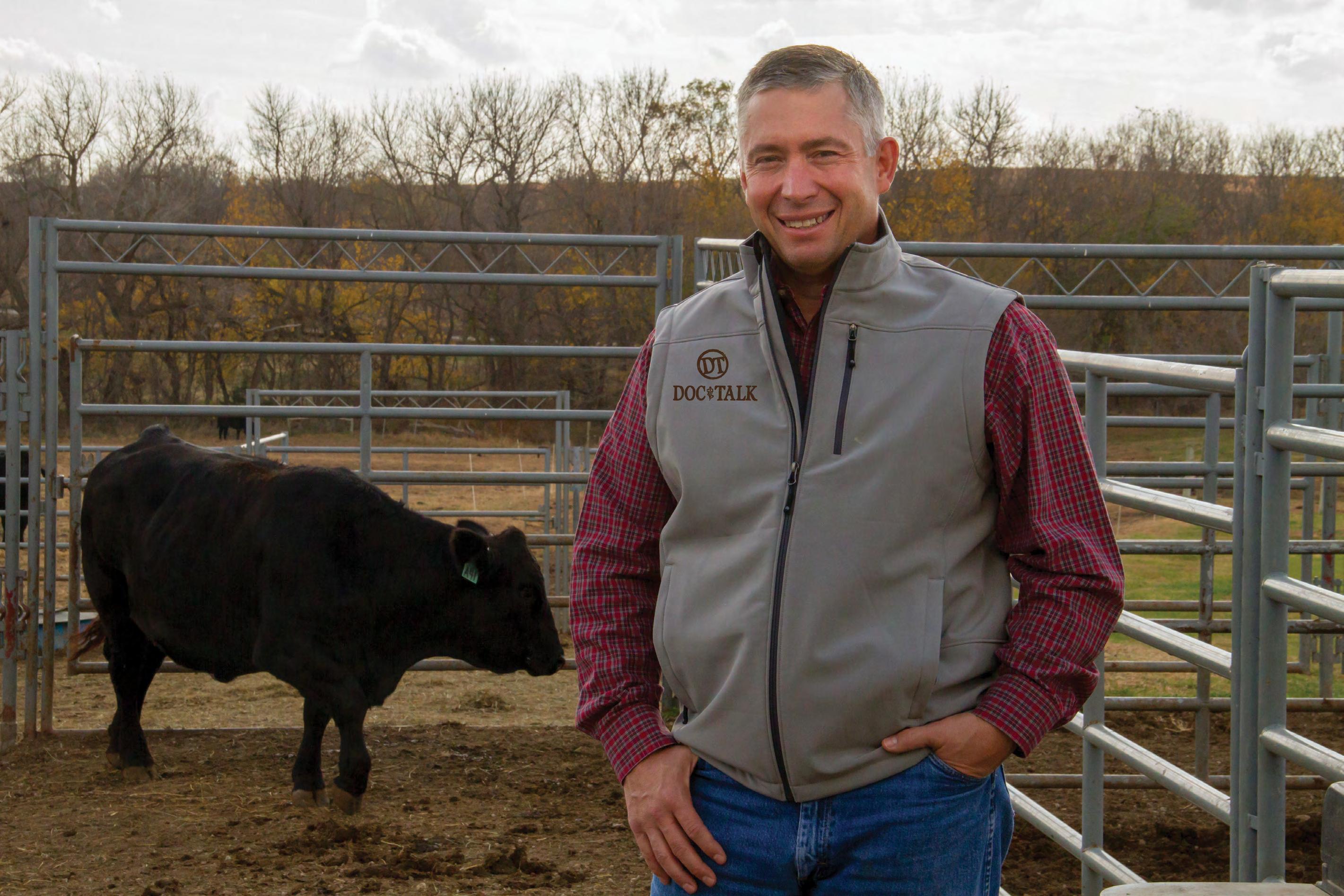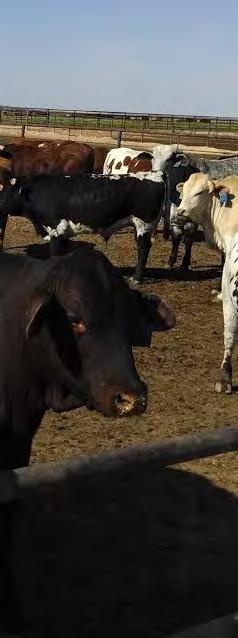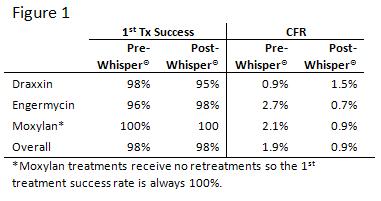
3 minute read
What is the Impact of Implementing Whisper® Technology in a Feedyard?

By: Dr. Kev Sullivan, Production Animal Consultation, Australia
Whisper® technology, the electronic stethoscope and accompanying software, has been used in seven feedyards in Australia for the past twelve months or so.
The technology enables hospital crews to make an objective diagnosis on respiratory pulls. In the past, the diagnosis was based on observation and possibly rectal temperature. The pen checker would pull an animal based on observations including depression, appetite and respiratory distress. Once in the hospital, treatment decisions were based on parameters such as rectal temperature, days on feed, weight gain or loss, the opinion of the crew, volume of dose, syringability, withholding period, and cost. While these are all valid parameters, the limitations of these methods have been known for many years.
Whisper® has added another dimension to the suite of diagnostic tools which enables feedlots to improve the respiratory case definition by objective analysis of lung sounds. Lung sounds are given a score of 1 – 5. A Whisper® score of 1 is normal, 2 is mildly acute, 3 is moderately acute, 4 is severely acute and 5 is chronic. By using the technology, the feedyards were able to tailor the treatment schedules based on the severity of the disease and not only reduce the number of animals receiving antibiotics but also finesse the antibiotics chosen to reduce overall medicine cost.
When Whisper® was first introduced, some training was needed before a consistently high percentage of good sounds was obtained. The target was to be 90% or better every day. Once the crew was comfortable and confident using Whisper®, protocol changes were implemented.
Prior to using Whisper®, one feedlot treated animals based on its DART (depression, attitude, respiration, and temperature) score. Historically they treated 65% of cases with Draxxin, 25% of cases with Engermycin, and 10% of cases with Moxylan. Three percent of cases received no treatment. After implementing Whisper®, the feedlot changed their protocol as follows.
-With a Whisper® score of 1 there was no treatment.
-With a Whisper® score of 2, Engermycin 100 (Oxytetracycline 100 mg/ml), dosage 1 ml/10 kg IV, IM or SC, was administered and repeated in two days.
-With a Whisper® score of 3 or 4, Draxxin, dosage 2.4 ml/100 kg SC, was administered once and the animal was sent to the “go home” pen.
-With a Whisper® score of 5, Moxylan (Amoxicillin 150 mg/ ml), dosage 1 ml/20 kg IM, was administered daily for 3-5 days.
What was the result? Over the twelve-month period following implementation of the new treatment protocol based on Whisper® score, there were 5,500 respiratory pulls.
-1,200 received a score of 1
-1,500 received a score of 2
-2,740 received a score of 3 or 4
-60 received a score of 5
Twenty-two percent of cases received a score of 1 and received no treatment. Draxxin treatments were reduced from 61% to 27% of treatments. Engermycin treatments increased from 25% to 51% of treatments. The Moxylan treatment rate remained about the same.
The differential cost between a Draxxin treatment and Engermycin treatment was $28.00 per head. Over the twelve-month period the medicine cost per head was reduced by $1.92 per head, resulting in savings of $91,200 per year on 47,500 animals placed.
Where did the savings come from? The animals with a Whisper® score of 1 received no treatment, saving $48,000 per year. The reduction in the cost of treating animals with a Whisper® score of 2 resulted in savings of $42,000 per year. This is a total savings of $90,000 per year. The cost of Whisper® to the feedyard was $20,160 per year. The net savings for the yard was $69,840 per year. This is a return on investment of 3.46:1 – a nice return.
What happened to the case fatality and retreatment rates? First, the overall case fatality rate (CFR) decreased from 1.9% to 0.9%. Second, the first treatment success rate remained the same prior to and after implementation of Whisper® (98%). Third, there was a change in the first treatment success and case fatality rates of different drugs used (Figure 1). Having better case definition led to an improved CFR in Engermycin. The Moxylan CFR also improved, possibly because cases that previously received Moxylan are now receiving Draxxin with a Whisper® score of 3 or 4. The CFR for Draxxin, used on more severe cases, did increase but is still quite good.
Conclusion: Whisper® technology not only has the potential to reduce the usage of antibiotics by not treating animals that do not need to be treated with antibiotics, it also lowers the cost of antibiotics used on animals with less severe scores without affecting the case fatality rate. The ability to make decisions based on an objective case definition will improve antibiotic stewardship in the feedlot industry and reduce medicine cost in the feedyard.











